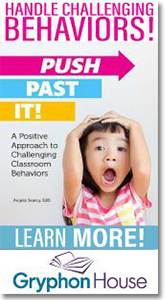Hands on is Minds On
Henry David Thoreau
“With today’s busy schedules, it is easy to depend on educational electronics to help children learn, but research has shown that even with all of today’s technology, children still prefer hands-on activities.” So wrote Amber Kaylor on the Children’s Museum of Illinois website. “Studies not only encourage parents to buy building blocks and shape-sorting toys to help with spatial thinking skills, but also to foster hands-on play to build interaction between parent and child. Hands-on play gives parents and children time to communicate with each other and allow children to make connections between verbal words and actions. A study found that children who engaged in block building with an adult had more opportunities to hear words like ‘over’ and ‘under’ and see these actions taking place. Hands-on play helps children develop spatial thinking, an important concept in mathematics and physics.
And hands-on activities are not just for little kids. Research has found that when grade school and high school teachers have students perform mathematic word problems and science equations, students are able to come up with the correct answer faster than students reading the problem. The reason behind this is that by connecting words with actions, students make the connection between what word goes with what action and come to the correct answer. Teachers have found that giving different visual methods to a lesson is better received than giving two verbal methods.”
Source: "The Significance of Touch: Why Hands-On Play is Important," by Amber Kaylor, childrensmuseumofil.com October 30, 2015
For more information about Exchange's magazine, books, and other products pertaining to ECE, go to www.ccie.com.
|
© 2005 Child Care Information Exchange - All Rights Reserved | Contact Us | Return to Site


